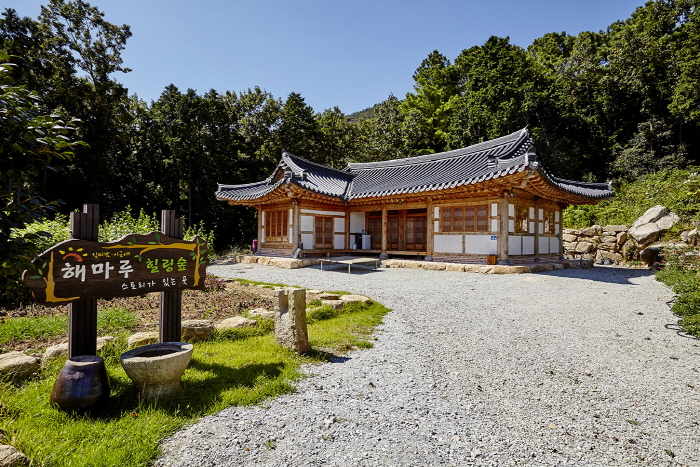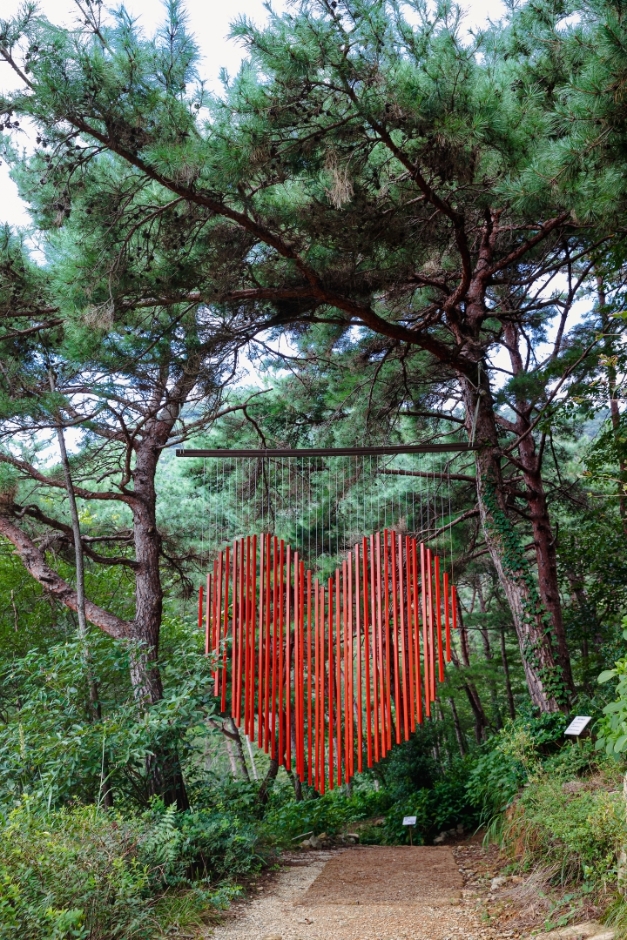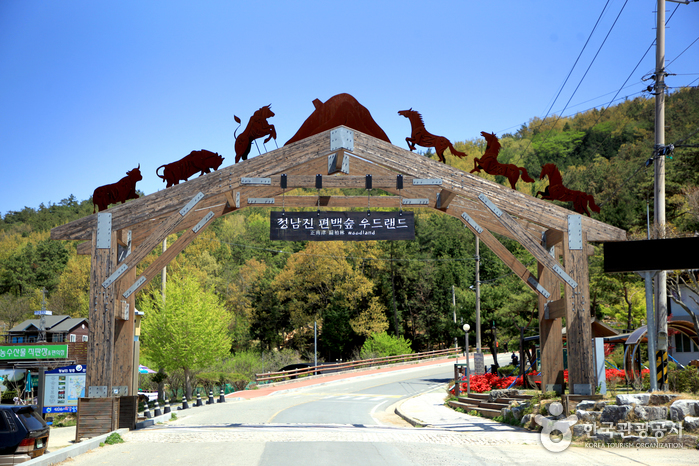Jeongnamjin Jangheung Water Festival (정남진 장흥 물축제)
18.5Km 2025-07-11
805 Geosan-ri, Jangheung-eup, Jangheung-gn, Jeollanam-do
+82-61-860-5771
The Jeongnamjin Jangheung Water Festival is held in the cleanest locations, such as the Tamjingang River, Jangheung Dam, and Deungnyangman Beach. The summer festival runs a variety of programs and games under the familiar theme of “water” for those who want to get out of the heat.
Haemaru healingsoup (해마루 힐링숲)
18.5Km 2024-12-24
108-35 , Donghae-gil, Haenam-gun, Jeollanam-do
+82-10-2332-6303
Haenam Forest Arboretum (4est 수목원)
19.4Km 2025-10-27
San 1-33, Hwangsanri, Hyunsan-myeon, Haenam-gun, Jeollanam-do
◎ Travel information to meet Hallyu’s charm - "One Day Off"
Haenam Forest Arboretum, where Park Ha-kyung met Jung-ah (who was practicing silent meditation), offers stunning landscapes throughout the seasons. The popular Hydrangea Festival, which showcases blooming hydrangeas, is a must-visit, especially during the summer.
Jeongnamjin Cypress Forest Woodland (정남진 편백숲 우드랜드)
19.4Km 2025-10-23
180, Woodland-ro, Jangheung-gun, Jeollanam-do
+82-61-864-7911
Jangheung Jeongnamjin is an ecological village situated next to mountains, the sea, and the river. The Jeongnamjin Cypress Forest Woodland is the best spot in the area to enjoy the refreshing air and a forest full of tall, 40-year-old cypress trees. Sitting at the foot of Eokbulsan Mountain overlooking downtown Jangheung-eup, the Jeongnamjin Cypress Forest Woodland is home to the Wood Culture Experience Hall, beautiful lodging facilities, including hanoks (traditional Korean houses), the Jeonnam Woodcraft Center, the Ecological Building Experience Site, Forest of Therapy, and the Cypress Salt House (traditional Korean sauna).



 English
English
 한국어
한국어 日本語
日本語 中文(简体)
中文(简体) Deutsch
Deutsch Français
Français Español
Español Русский
Русский